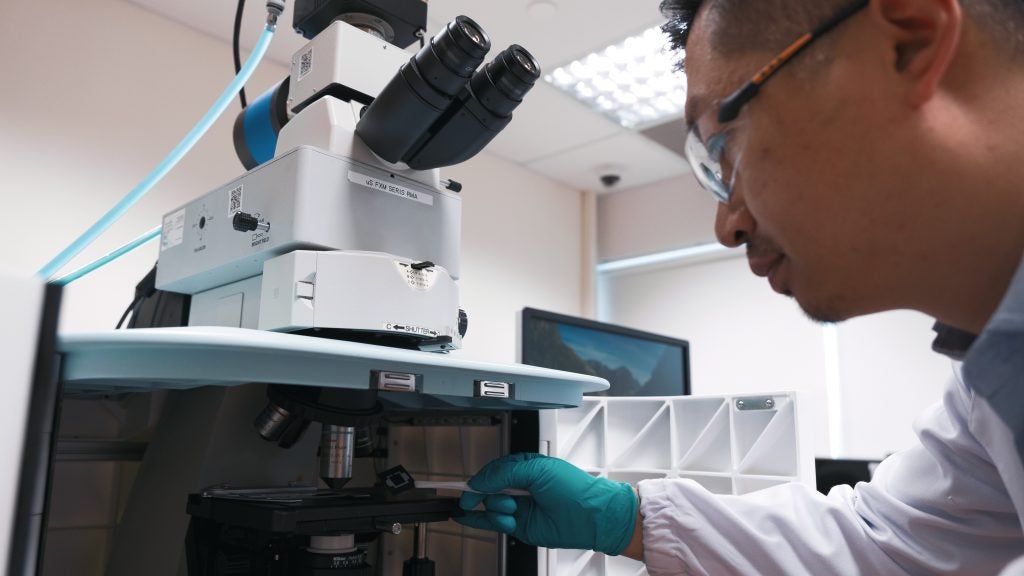
NUS Engineering and the DSO National Laboratories (DSO) jointly launched the Satellite Technology and Research Centre (STAR) on Thursday, 25 January 2018. The new state-of-the-art centre will develop cutting-edge capabilities in distributed satellite systems, with a focus on flying multiple small satellites in formation or a constellation.
The new centre, which was inaugurated by Professor Ho Teck Hua, NUS Senior Deputy President and Provost, will also train undergraduates and graduate students to meet the manpower needs of Singapore's fledgling space industry.
Supported by the Singapore Economic Development Board (EDB), STAR is helmed by Professor Low Kay Soon, who is from NUS Electrical and Computer Engineering. The new centre aims to be a leader in advanced distributed small satellite systems, and will build multiple small satellites, each weighing less than one tenth of conventional satellites, and fly them together.
"NUS made its first foray into space in 2015 with the successful launch of two satellites, which demonstrated our strong capabilities in engineering and satellite technologies. The setting up of STAR will further sharpen these strengths and help to nurture a new generation of well-trained engineers and engineer-leaders who are ready to contribute to the space and aerospace industries," said Professor Chua Kee Chaing, Dean of NUS Engineering.
In the early years of man's space exploration, satellites were large in size, extremely expensive, and took years to build. In the past five years, there has been a new paradigm shift towards small satellites - no more than 20 kilogrammes - and this offers an opportunity for Singapore to carve out a place for itself as a key player in the new satellite application industry.
"Small satellites are relatively cheaper to produce, test and launch. They could also be mass produced and they have a much shorter time to market. A fleet of small satellites - flying in formation, swarm or constellation - could possibly cover the whole Earth and reduce latency, hence opening up new services that were not possible in the past," said STAR Director Prof Low, who is a veteran of Singapore's satellite programmes.
As STAR aspires to be a leading centre for advanced distributed satellite systems, it will deepen its capabilities and will also work with industry players, both established companies and new startups, by providing its expertise and state-of-the-art satellite platform or subsystems. Such partnerships are critical in building a vibrant indigenous high-tech satellite industry.
STAR will pursue its mission through three structured programmes:
-
Education programme
Undergraduate students from NUS Engineering will have the opportunity to undertake satellite and space related projects offered by STAR. Involvement in such projects will expose students to real-life project applications, and provide them with valuable multidisciplinary, team-based work experience in the space industry. STAR researchers will also support relevant academic modules, as well as supervise student projects.
-
Research programme
Researchers at STAR are conducting cutting-edge research in mission design such as collaborative sensing, as well as subsystem and component development, using a precise navigation system with highly accurate clock, highly efficient power management system, advanced control of satellite propulsion systems, and other sophisticated technology.
-
Satellite mission programme
To demonstrate its research capabilities, STAR will use its innovative satellite architecture to develop scalable small satellites of various sizes and weights for different applications. These small satellites will then be launched into space to fly in formation or constellation. STAR aims to develop a fleet of 20-kg satellites that can be deployed in space by 2022, for applications such as maritime and aerospace security. The small satellites can also be equipped with other instrument for remote sensing to monitor environmental change and detect forest fires.
"STAR will serve as a hub for research, education and commercialisation of expertise and technologies relating to the space industry. For Singapore to gain a strong foothold in this knowledge-intensive sector, it is crucial to develop a vibrant space innovation ecosystem comprising a critical mass of homegrown talents, a thriving space industry, as well as a conducive research environment where scientists, engineers and industry partners jointly innovate and create new technologies to address satellite technology challenges. Leveraging STAR's capabilities, NUS Engineering can play a key role in shaping Singapore's future as a spacetech leader," said Prof Low.
Located within the Singapore Wind Tunnel Facility on the NUS Kent Ridge campus, STAR comprises a state-of-the-art clean room facility for satellite testing and assembly works, electrostatic discharge controlled laboratories for research and student projects, as well as environmental testing facilities such as a thermal chamber and a vacuum chamber. STAR's 1,400 sqm facility is currently home to 50 research staff and students.





